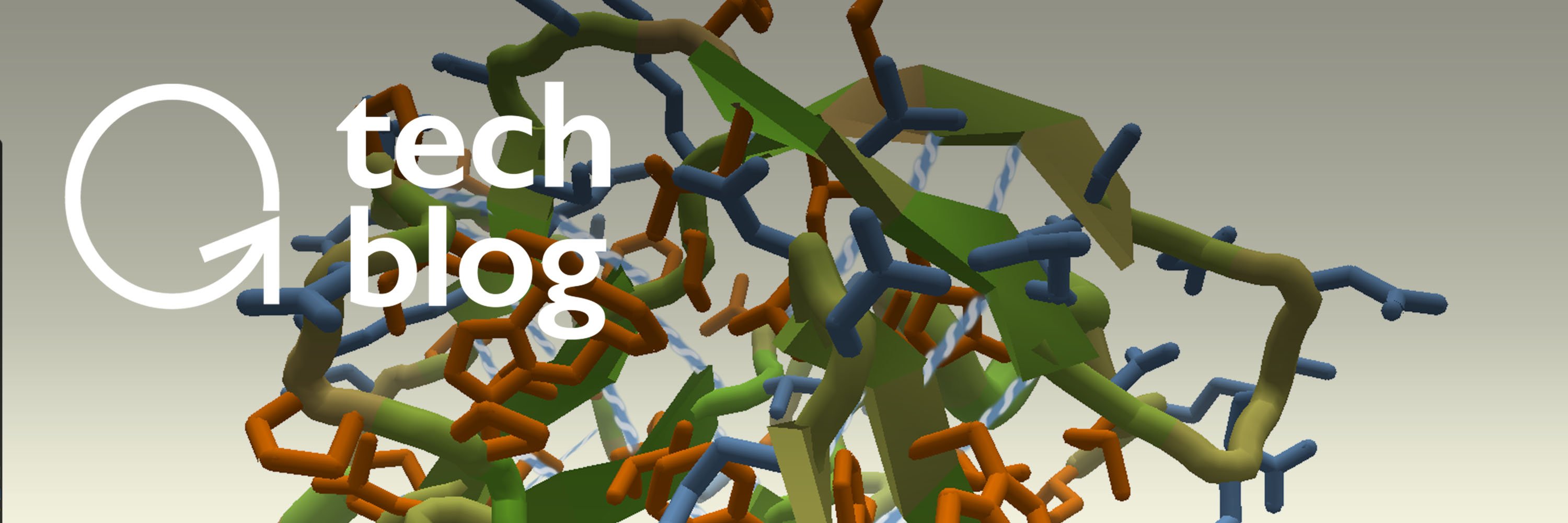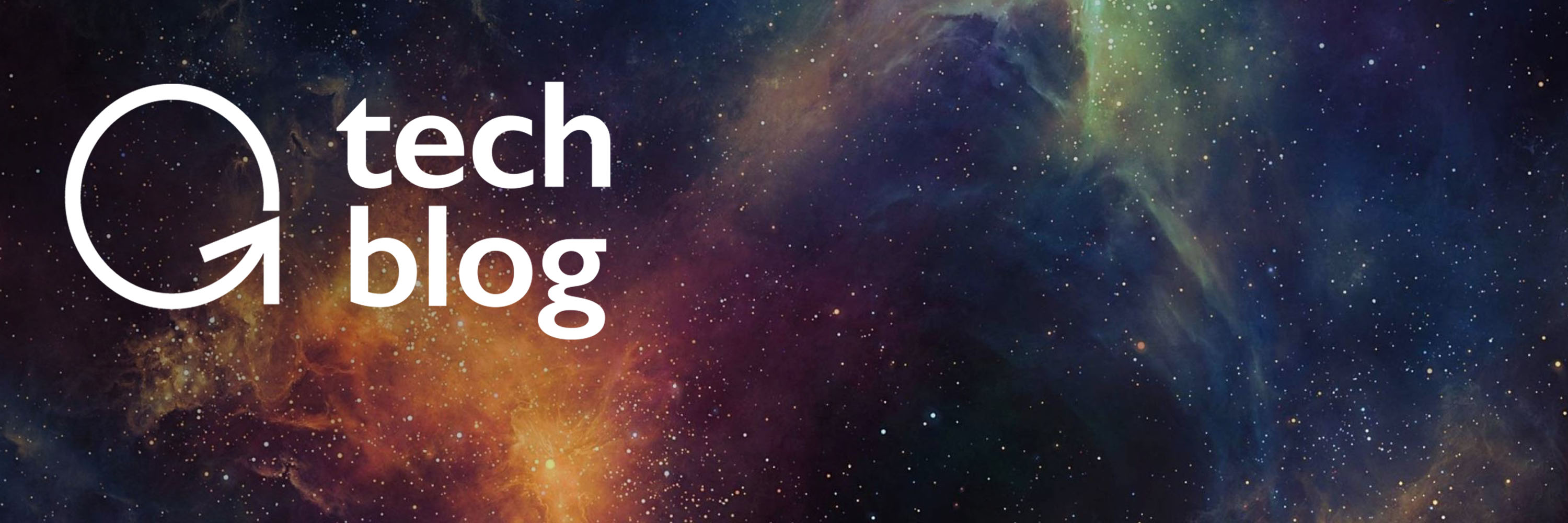
What can a Human do, that can’t be replicated by AI?
I’m constantly tracking powerful examples in which AI programs enter the scene and solve challenges that have previously only been solvable by talented individuals.
This blog tells the story of one such example, whereby AI technology is now able to solve something that only the crowd’s most skilled members could previously master....
Namely, the task of predicting how a protein folds based on its unique sequence of Amino Acids. This is one of the applications of artificial intelligence in healthcare.
Let’s dive in.
Application of Artificial Intelligence in Healthcare
The Challenge – Protein Folding
The machinery of biology is built from proteins, and a protein’s shape defines its function.
One of the most challenging (and consequential) problems in modern medicine revolves around predicting the structure of proteins based on their amino acid sequences.
The human body can make vast numbers of different proteins, with estimates ranging in the tens of thousands. How a protein folds into a 3D structure depends on the number and types of amino acids it contains.
Normally, proteins take on whatever shape is most energy efficient, but they can become tangled and mis-folded, leading to disorders such as Parkinson’s and Alzheimer’s disease.
A protein can twist and bend between each amino acid, so that a protein with hundreds of amino acids has the potential to take on a staggering number of different structures: 1 followed by 300 zeroes (i.e. more possible ways to fold than there are atoms in the universe).
Understanding the mechanics of protein folding would be a boon to medicine and drug discovery. Yet up until a decade ago, figuring out which of the many folding configurations a protein would take was a problem relegated (in vain) to the best of supercomputers....
Until one team of researchers at the University of Washington launched an online game called FoldIt.
FoldIt: The Crowd Solution
Aiming to crowdsource this seemingly impossible ‘puzzle,’ FoldIt gives players a sequence of amino acids, which users can then experiment with and fold into any number of structures.
More than just a number-crunching task, finding the right folding combo is in part a game of intuition. And in less than a few weeks, FoldIt proved that the human brain’s pattern recognition capacity in aggregate could outperform even the most complex of computer programs.
Within no time of FoldIt’s release in 2008, tens of thousands of online gamers signed up to compete — young, old, individual puzzle players, and even competitive teams of aspiring scientists.
Their goal? Click, drag and pull a given protein’s chains into configurations that minimize energy, just as molecules self-assemble in real life.
Seeing the bigger picture, leveraging spatial reasoning, and following gut instincts on the basis of ‘what doesn’t look right,’ the crowd consistently outperformed its software counterpart, yielding tremendous contributions to Alzheimer’s and cancer research.
And in 2011, the FoldIt community landed a key victory in the fight against HIV/AIDS.
Over the course of the preceding decade, researchers had struggled with countless methods to determine the structure of a retroviral protease of the Mason-Pfizer monkey virus, a critical enzyme in the replication of HIV. Yet failure after failure left top scientists baffled, unable to solve the protein’s crystal structure.
In a last-ditch attempt to leverage the crowd, one Polish scientist turned to FoldIt’s army of puzzle-solvers….
Within just ten days, one team of online gamers scattered across three continents solved the viral protein’s structure, crowning ten years of hard work with a ten-day victory.
And until very recently, this was the best possible option for predicting protein folding…
Enter AlphaFold
Having reached superhuman performance levels in the games of chess and Go, Google’s DeepMind recently turned its neural networks to healthcare.
In 2018, DeepMind announced a new deep learning tool called AlphaFold for predicting protein folding to aid drug discovery.
To monitor progress of the software, a biannual protein-folding competition called the ‘Critical Assessment of Structure Prediction (CASP)’ was created.
The rules are simple. Teams are all given an amino acid sequence, and the team that submits the most accurate structure prediction wins.
On its first foray into the competition, AlphaFold won hands-down against a field of 98 entrants, predicting the most accurate structure for 25 out of 43 proteins, compared to the second-place team, which was only able to predict 3 out of 43 proteins.
How fast does AlphaFold work? The program initially took a couple of weeks to predict a protein structure, but now creates predicted models in a couple of hours.
AlphaFold is only the beginning of AI’s quest to make a real impact in the realm of disease treatment and medical breakthroughs.
And as I often predict, DeepMind’s victory represents the second step in an evolution from the crowd to pure AI, whereby AI is now beginning to take over highly complex tasks from the interim step of the Crowd.
In the meantime…. what if we could combine the collective intelligence of the crowd with the computational power of machines?
AI and the Crowd: A Collaboration
Today, we occupy a rare moment in history where AI can facilitate and even enhance the genius of collective human intelligence, or what we might call the ‘hive mind.’
Back in 2016, Eric Schmidt suggested that the next Google will be a crowdsourcing AI company:
“[That] model, [in which] you crowdsource information in, you learn it, and then you sell it, is in my view a highly-likely candidate for the next $100 billion corporations.”
“If I was starting a company, I’d start with that premise today. How can I use this concept of scalability and get my users to teach me? If my users teach me and I can sell to them and others a service that is better than their knowledge, it’s a win for everybody.”
Complementary forces, AI and crowdsourced wisdom offer radically different benefits.
In the case of collective intelligence, humans have the major advantage of intuition.
Instead of number-crunching our way through any problem, we know when to crunch numbers or which tools to use, and can redefine complex puzzles from creative new vantage points.
Unlike pretty much all AI systems, we can also often explain the reasoning behind our decisions and choices, the logic driving our conclusions.
And when combined, the aggregate predictions of crowds tend to be extraordinarily accurate, far exceeding individual estimates.
But even aggregating the expertise and ideas of thousands of minds has its limits and inaccuracies.
Enter AI-aided swarm intelligence.
Already, MIT’s Center for Collective Intelligence is working to combine the best of collective genius with machine systems that optimize our productivity, hive mind solutions, company profits and even the methods we use to think about difficult issues.
If two brains are better than one, how could we take advantage of a hundred, a thousand, or even 8 billion?
And MIT isn’t alone.
Now, a company called Unanimous A.I. has developed swarm AI-based software solutions that connect people and their collective expertise, settling on crowdsourced answers in real-time.
With Swarm AI, Unanimous’ crowdsourced predictions — from sports wagers to Oscar betting — now outperform both top expert forecasts and pure AI-generated projections.
Given any question, Swarm AI projects several possible answers on a screen, measuring the confidence with which each player pulls a virtual bubble toward their preferred answer.
Aggregating “collective confidence” of the group, Unanimous’ algorithm then settles on an answer, outperforming all traditional voting systems.
Imagine the implications: crowdsourced medical diagnoses, financial predictions, even tech-aided democracies and moral value judgments…
Already, Swarm AI-moderated group predictions have offered a tremendous upgrade to radiological evaluations. Moderating the assessments of eight leading Stanford radiologists regarding whether 50 chest X-rays showed signs of pneumonia, Unanimous’ software yielded a group prediction 33 percent more accurate than any individual evaluation.
And some have even posited the use of ASI (Artificial Swarm Intelligence) in determining ethical judgment calls.
Final Thoughts
The use of crowdsourcing to train AI systems is one of the most overlooked, deceptively growing and MONUMENTAL industries of the next decade….
If artificial intelligence is the electricity of the 21st century, collective intelligence will soon be its most valuable fuel.
And as we continue to approach the merging of mind and machine at an ever-accelerating pace, just imagine the unprecedented new solutions we can create, together.
Join Me
(1) A360 Executive Mastermind: This is one of the key conversations I’ll be exploring at my Executive Mastermind group called Abundance 360. The program is highly selective, for 360 abundance- and exponentially minded CEOs (running $10M to $50B companies). If you’d like to be considered, apply here.
Share this with your friends, especially if they are interested in any of the areas outlined above.
(2) Abundance-Digital Online Community: I’ve also created a Digital/Online community of bold, abundance-minded entrepreneurs called Abundance-Digital. Abundance-Digital is my ‘onramp’ for exponential entrepreneurs – those who want to get involved and play at a higher level. Click here to learn more.
Topics: AI Medicine/Health Deepmind Artificial Intellegence crowd the crowd wisdom of the crowd protein-folding crowdsourcing AlphaFold generative adversarial networks GANs






